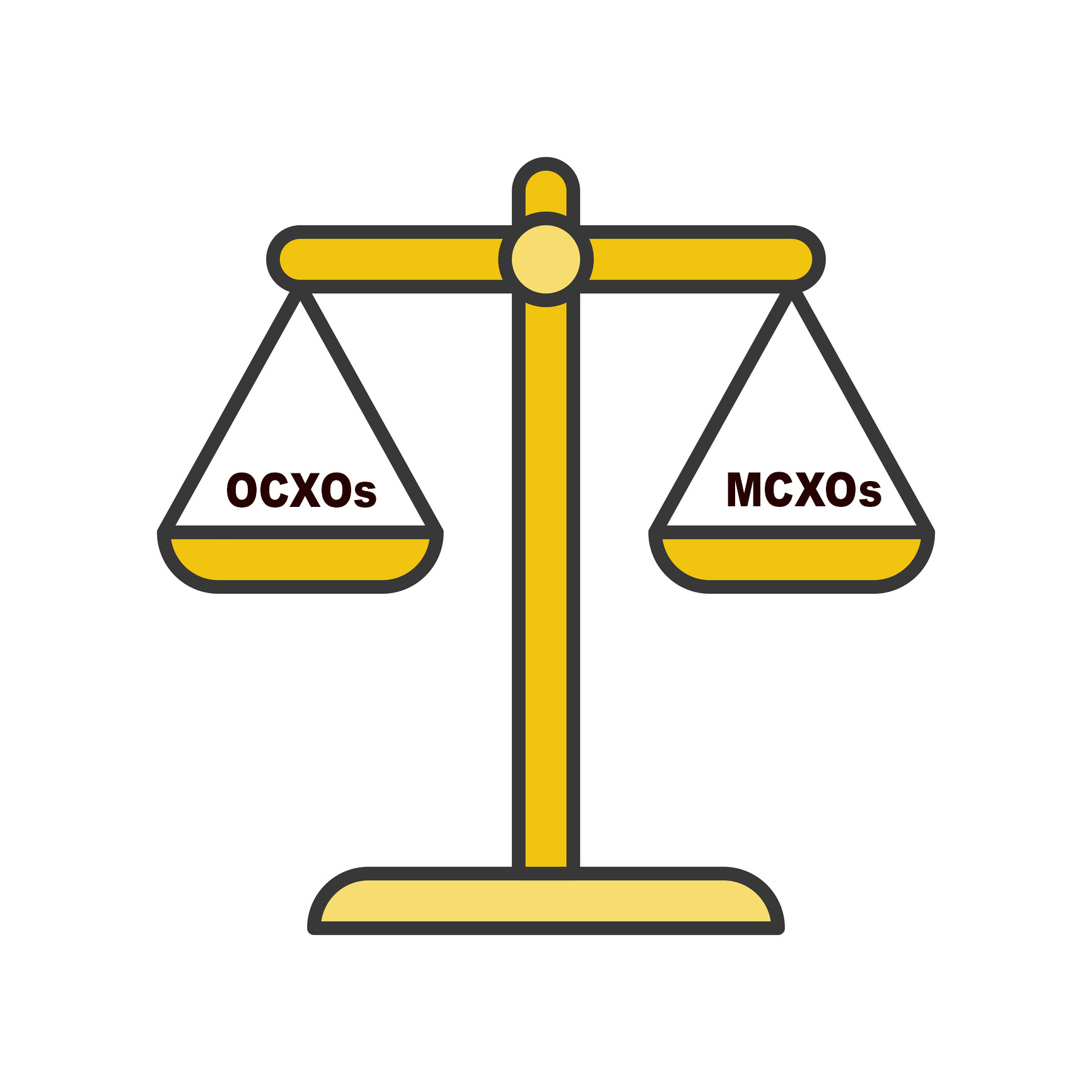
There’s a popular saying that goes, “lies, damned lies and statistics.” While this statement is perhaps a bit strong to apply to the inconsistencies of engineering specifications, when dealing with oscillator noise specs, there is an issue of comparing oranges, apples and cherries.
An important part of engineering design is delivering the required performance for the application at the least cost. The emergence of MEMS (Micro-Electro-Mechanical-System) oscillators has enabled dramatic cost reductions in many digital consumer and commercial products. But in many high-performance applications, there’s no replacement for quartz oscillators.
When it comes to specifying and measuring phase noise and jitter in oscillators, there are many different ways of doing so, which results in large differences between apparent results. Quartz oscillators, for instance, always have lower phase noise and jitter than comparable MEMS oscillators, since quartz has a much higher Q factor and therefore much lower close-in phase noise. (I emphasize close-in phase noise because this is where MEMS oscillators are most inferior in performance.)
A common method used by leading MEMS suppliers to specify jitter is to employ a SerDes 4-16A measuring protocol that uses a high-pass and low-pass filter to reduce much of the noise. However, if one measures a quartz oscillator using the same SerDes method, the quartz clock will still have much lower jitter than the MEMS device. This is why companies like Q-Tech use a very conservative and consistent measurement protocol that doesn’t filter out any noise and uses a wider bandwidth of 1 KHz to 20 MHz. When a MEMS device is measured using this conservative method, its jitter will still be worse than when using the SerDes 4-16A method—and will always be worse than that of a quartz oscillator.
Similarly, quartz oscillators like OCXOs (oven-controlled crystal oscillators) will have much better Allan Variance when measured using a Tau of one second or longer. A relatively long Tau, longer than one second, correlates to the close-in phase noise, where quartz is so much better than MEMS. And it’s this close-in, short-term stability that Allan Variance was designed to measure and characterize.
The bottom-line fact is that quartz oscillators of all types will always have lower phase noise, jitter and Allan Variance (as it is normally specified and measured using a long Tau) than a MEMS oscillator of the same type. Although achieving low phase noise, jitter and Allan Variance may not be as significant in some applications, in others it’s vital. Phase noise, for example, is especially important in radar and communications, and jitter specifications for digital-signal applications, such as high-speed data transmission and data conversion (DACs/ADCs). And, finally, Allan deviation is important for timekeeping and navigation applications, where stability and accuracy are essential.
In all these applications, only cherry specs will do.